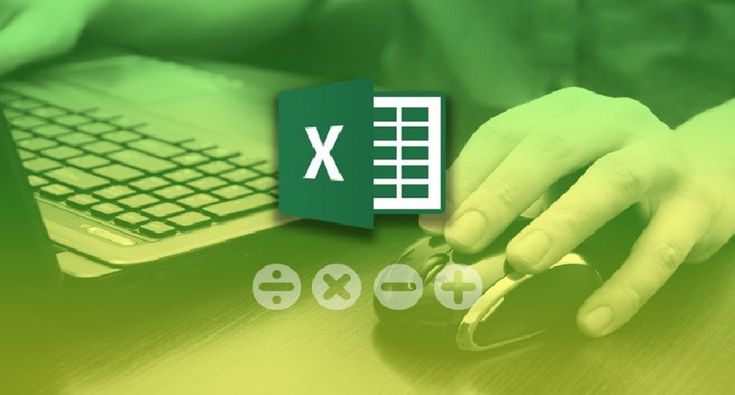Whether you’re a beginner or brushing up your spreadsheet skills, these 10 basic Excel formulas are must-haves in your toolbox. They’re perfect for data entry, analysis, finance, HR, and beyond!
Table of Contents
1️⃣ AutoSum (=SUM)
Use: Quickly adds numbers in a range.
Example: =SUM(A1:A5) adds all numbers from A1 to A5.
💡 Shortcut: Select a cell below your data and press Alt + =.
2️⃣ MAX
Use: Finds the highest number in a range.
Example: =MAX(B2:B10) returns the largest value.
3️⃣ MIN
Use: Finds the lowest number in a range.
Example: =MIN(C2:C10) returns the smallest value.
4️⃣ TEXT
Use: Converts a number into a specific text format.
Example: =TEXT(TODAY(), "dd-mm-yyyy") formats today’s date.
5️⃣ TODAY / NOW
Use: Insert current date or date & time.
=TODAY()— returns current date.=NOW()— returns current date and time.
6️⃣ VLOOKUP
Use: Searches for a value in the first column and returns a value in the same row.
Example: =VLOOKUP(101, A2:D10, 2, FALSE)
(Looks for 101 in column A and returns value from column B.)
7️⃣ COUNTIF
Use: Counts cells that meet a condition.
Example: =COUNTIF(A1:A10, ">100") counts numbers greater than 100.
8️⃣ COUNTA
Use: Counts all non-empty cells.
Example: =COUNTA(B1:B10) returns the number of cells with text/numbers.
9️⃣ IF (Logical)
Use: Returns one value if a condition is TRUE and another if FALSE.
Example: =IF(A1>50, "Pass", "Fail")
🔟 CONCAT / TEXTJOIN
Use: Joins multiple values into one.
=CONCAT(A1, " ", B1)=TEXTJOIN(" ", TRUE, A1, B1, C1)
✅ Final Thoughts:
These formulas save hours of manual work and are the foundation of mastering Excel. Whether you’re creating reports, managing budgets, or tracking attendance—these functions are your best friends.
💬 Need help with advanced formulas or automation in Excel? Ask in the comments below!
